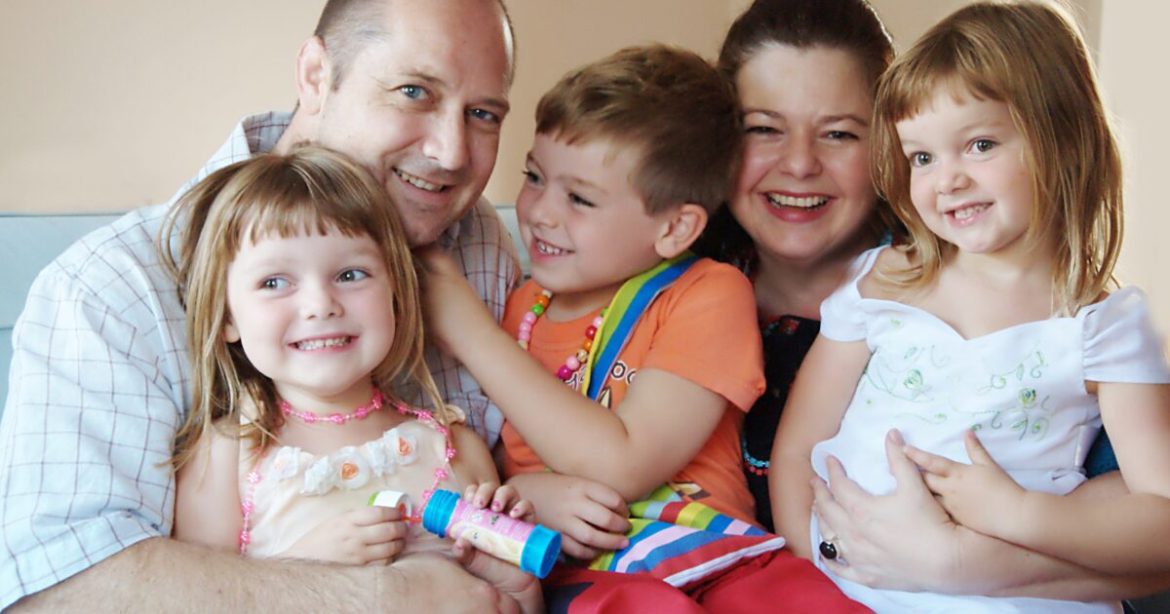

America is facing an aging population and a birth crisis among U.S. non-immigrant citizens. Most researchers point to two main factors behind the decline: the rising cost of raising children and a cultural shift away from traditional family structures. However, the economic argument weakens when you examine the numbers. The real issue is cultural, as the United States becomes an increasingly non-religious, liberal society that values lifestyle choice, personal wealth, comfort, and individual achievement over family and children.
Proof that money is not the issue is that, on average, poorer people have larger families than wealthier people, both within the United States and around the world. 2021, U.S. families earning under $10,000 per year had the highest birth rate at 62.75 births per 1,000 women, while those earning $200,000 or more had one of the lowest rates at 47.57. By 2023, women in households below the poverty threshold had the highest birth rate in the country at 72 births per 1,000 women.
Even during the Great Depression, Americans had more children than they do today. The total fertility rate (TFR) during that period was 2.2, with the 1936 rate at 2.1, still significantly higher than today’s TFR of about 1.599. In the Depression era, there were roughly 76.15 births per 1,000 women, compared to just 54–55 today.
Globally, poorer countries tend to have higher fertility rates. In sub-Saharan Africa, UN estimates show low-income nations averaging 5.45 births per woman, lower-middle-income countries averaging 4.70, and upper-middle-income countries averaging 3.80. In 2023, the highest fertility rates were in Africa and Central Asia, where most countries recorded between 3 and 7 births per woman.
Another argument against economics as the primary cause of low birth rates is that, while many people say their dollar doesn’t go as far today as it did fifty years ago, real incomes have generally risen and most consumer products and food are cheaper due to technological advances. In the 1970s, families often had to save up to buy a television; in the 2020s, a college student can walk into a store and purchase any time he wishes. People today tend to expect more, and when they say they are living paycheck to paycheck, it is often at a much higher standard of living than their parents enjoyed.
The biggest shift has been in housing, which accounted for about 19 percent of a household budget in 1984 but had risen to 27% by 2024. In contrast, food’s share of household spending has fallen from around 20 percent to 14 percent over the past half-century, thanks largely to higher-efficiency farming making food relatively cheaper.
Another issue is that people are marrying later in life, and fewer are marrying at all. In 2024, only 47.1% of households were headed by married couples, down from 78.8% in 1949. The average age for a first marriage rose to 30.2 for men and 28.6 for women in 2024, compared to 22.5 and 20.1 in 1956. This delay, combined with growing concerns about the cost of raising children, pushes family formation further back and contributes to the declining birth rate.
Social liberalism and the growing prevalence of LGBTQ lifestyles have also contributed to the decline in births. More than one in five Gen Z adults, those born between 1997 and 2006, identify as LGBTQ+. Other surveys place the rate as high as 28% for Gen Z adults aged 18–25.
This shift has measurable fertility implications. Only 15% of same-sex couples have children in their household. Among individual women, 59% of bisexual women and 31% of lesbians report ever having given birth.
In the U.S., counties with the highest birth rates generally share two traits: substantial child care subsidies, as in Onslow County, North Carolina, where a large military population benefits from federal support; or strong religious and religious community cultures that encourage larger families, as seen in Rockland County, New York (predominantly Jewish), Utah County, Utah (majority Mormon), and Ector County, Texas (majority Hispanic).
Religion plays a clear role in fertility patterns. Research shows that fertility has declined far more among nonreligious Americans than among the devout, with the gap between the two reaching unprecedented levels. Analysis by the Institute for Family Studies finds that fertility rates among weekly-attending religious Americans have rarely fallen below 2 children per woman, while rates among less-than-weekly attenders drop to about 1.7, and to below 1.5 for the nonreligious.
Latter-day Saints have the highest fertility of any U.S. religious group, averaging 3.4 children, while Christians overall have a completed fertility rate of 2.2, compared to 1.8 among the religiously unaffiliated.
Faith communities often provide practical support systems, such as shared childcare, financial assistance, sports, activities, and schooling, that make raising children easier. However, since most religious people do not rely on their place of worship for charity, the difference in birth rates is more likely linked to religious values that prioritize family.
Regardless of income, people tend to emulate the behaviors and adopt the values of the communities they identify with. If their community values marriage and children, they are more likely to marry and start families. If their community encourages pursuing careers, getting facial piercings and tattoos, avoiding marriage and replacing children with dogs, then unfortunately, many will choose that path instead.
The post Economics Not the Reason for Low Births – Social Liberalism and Loss of Religion Are appeared first on The Gateway Pundit.

